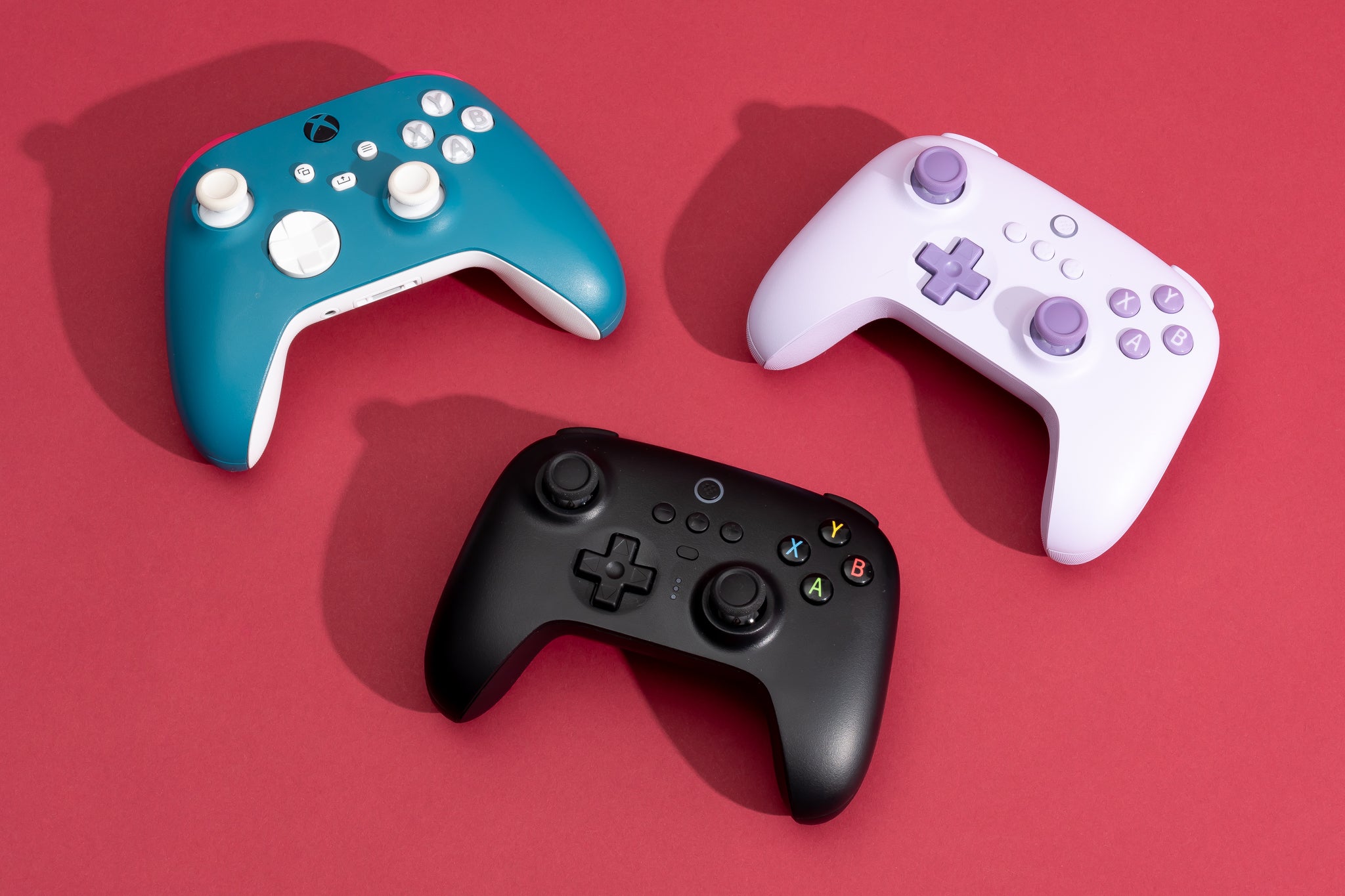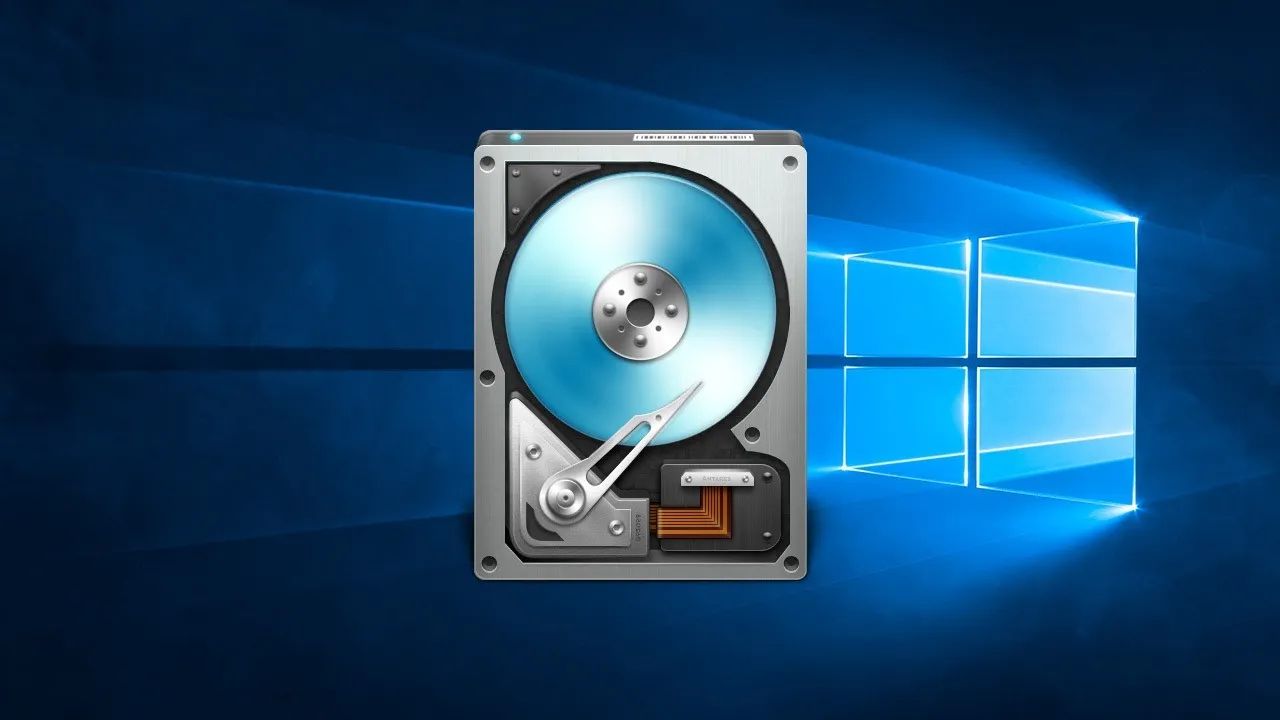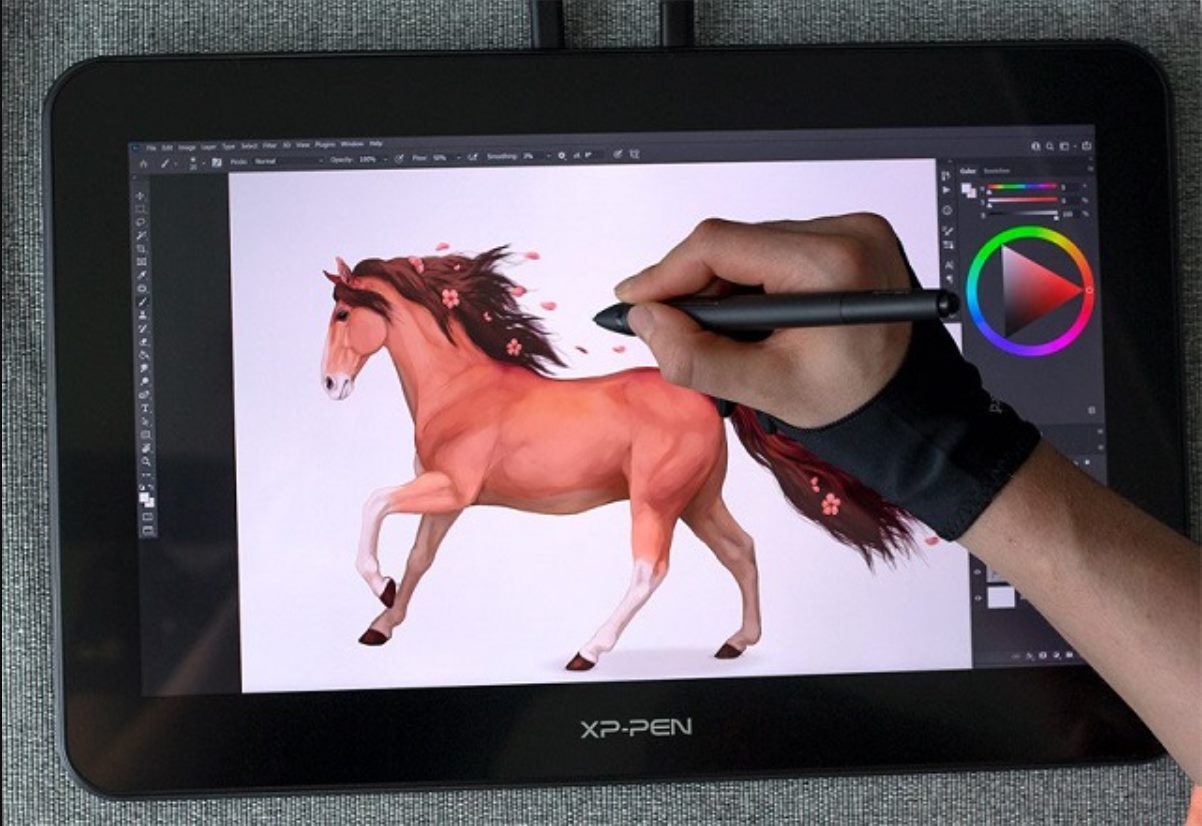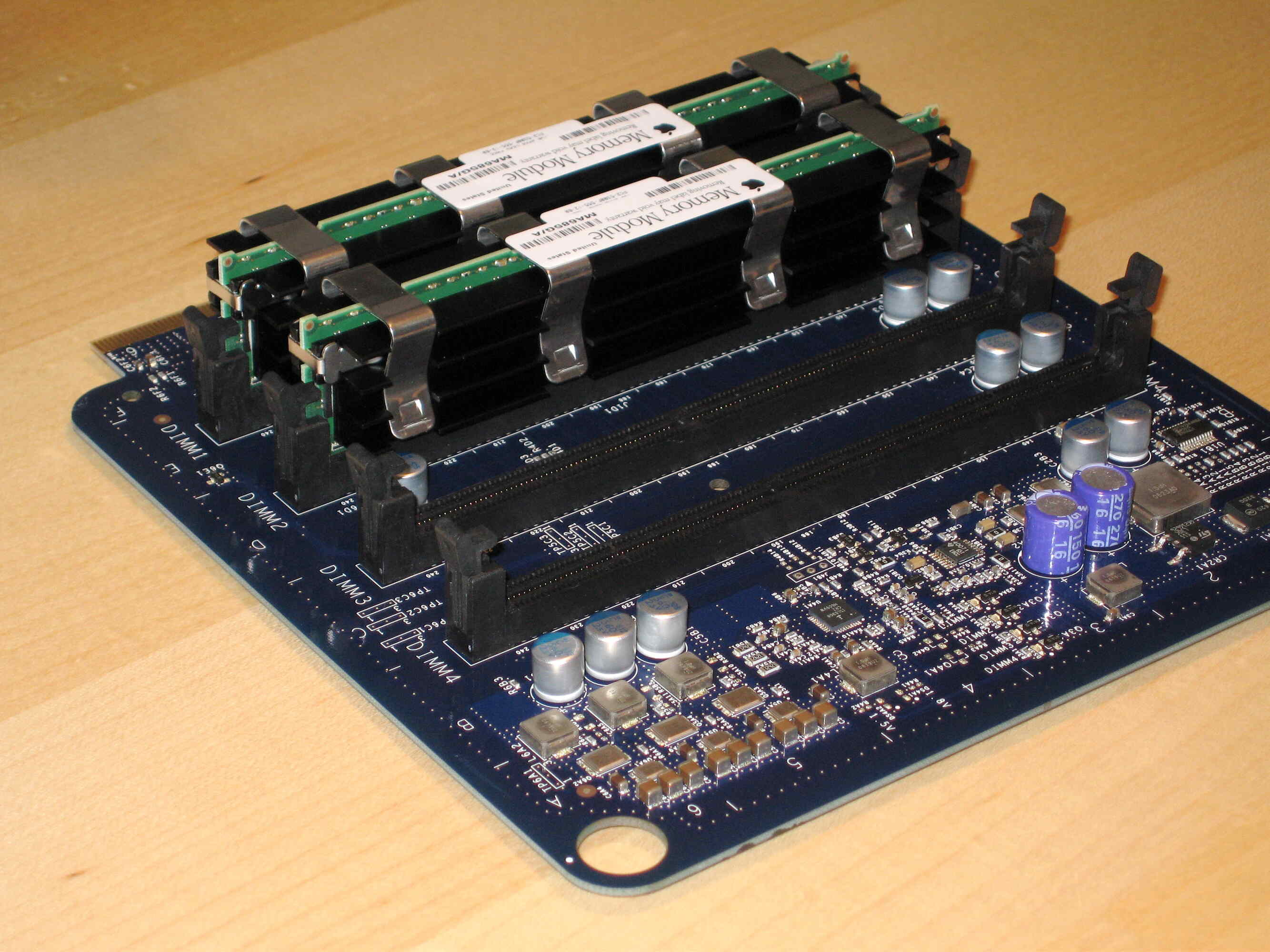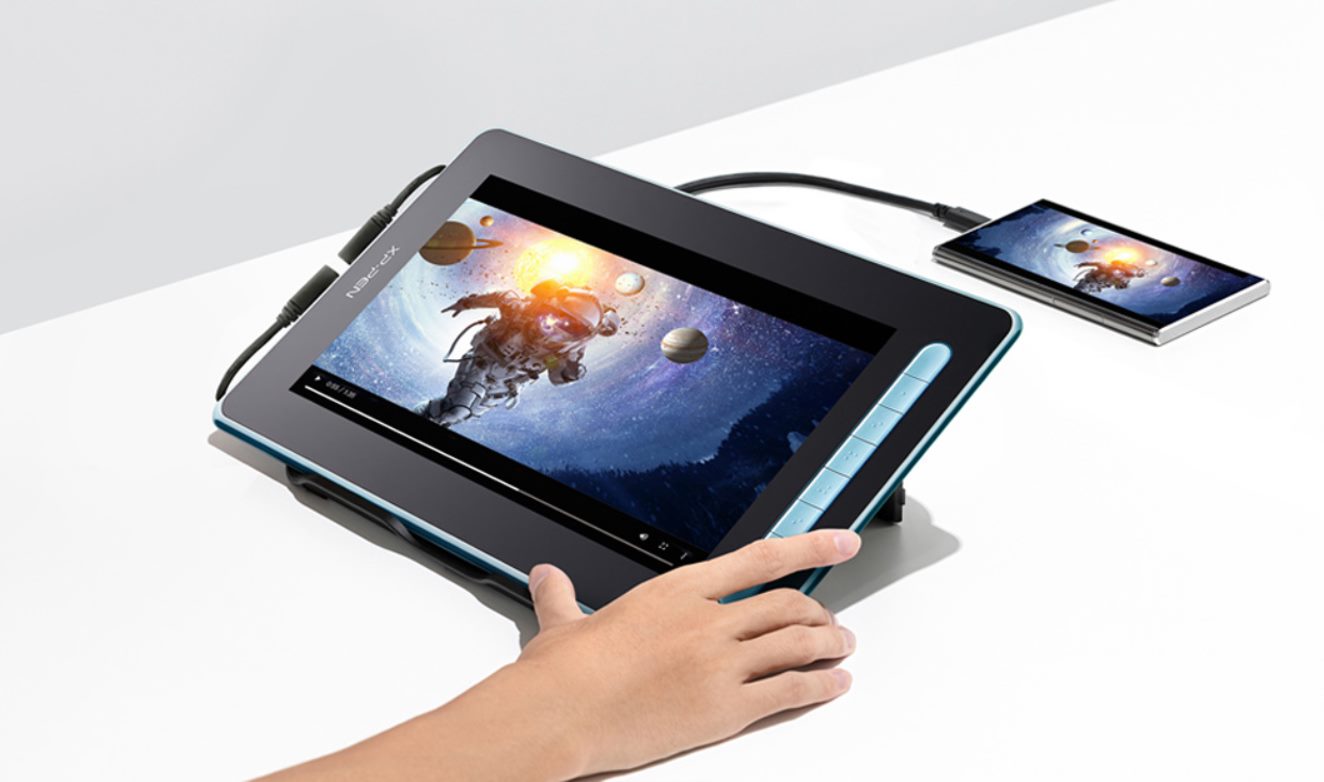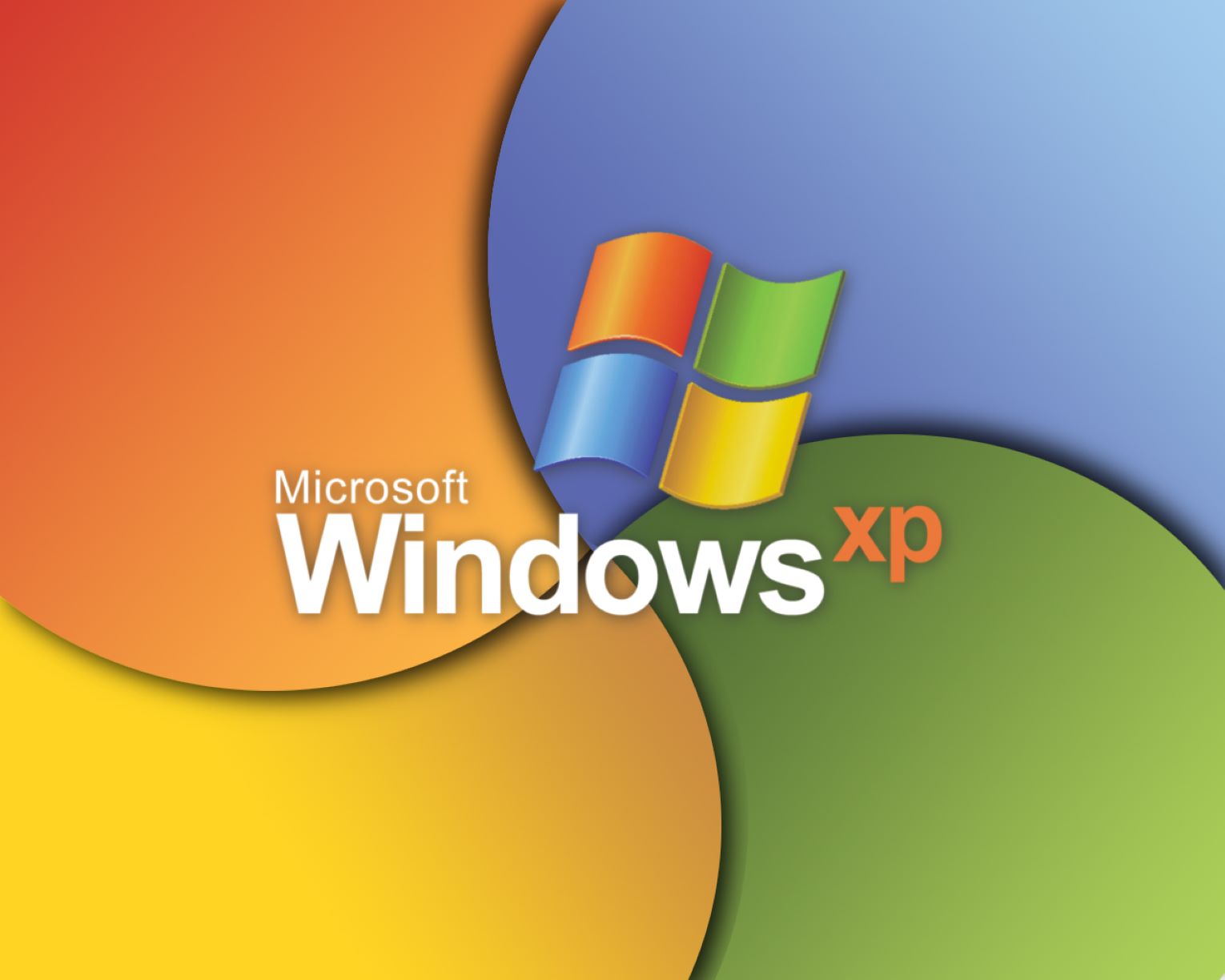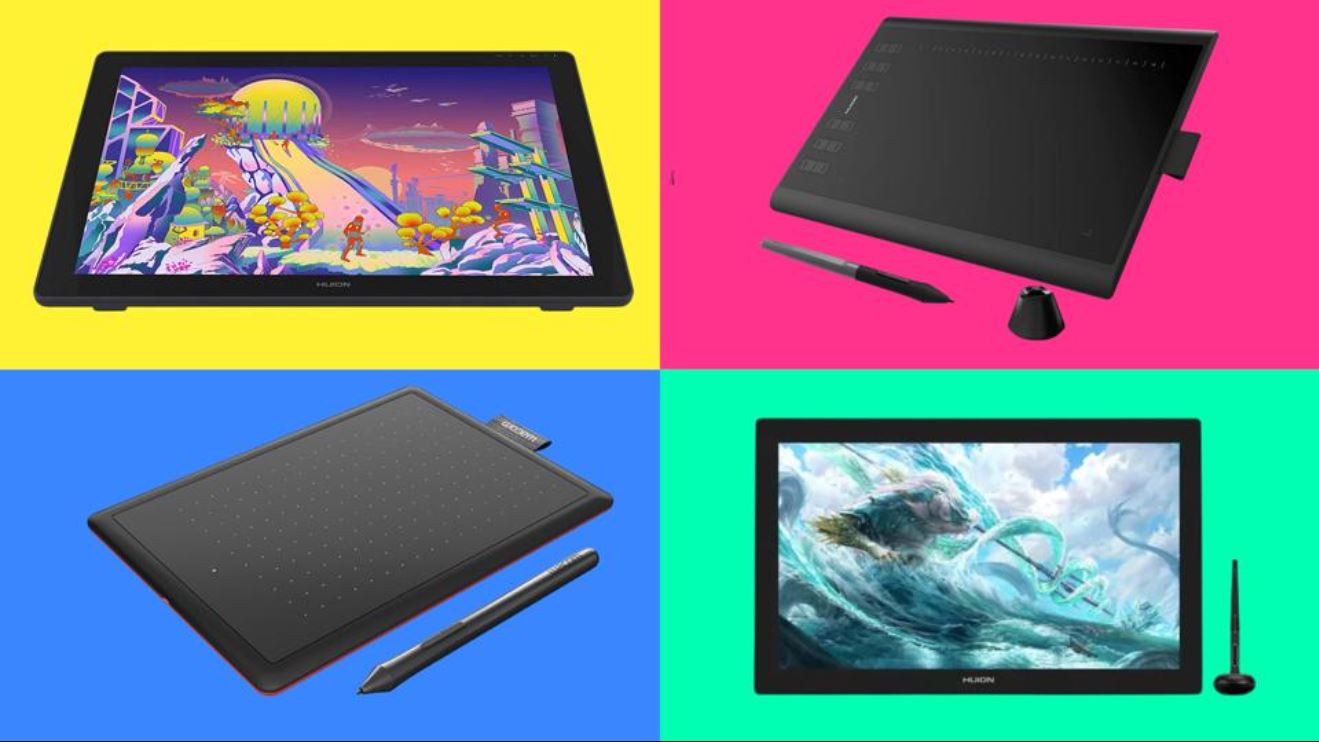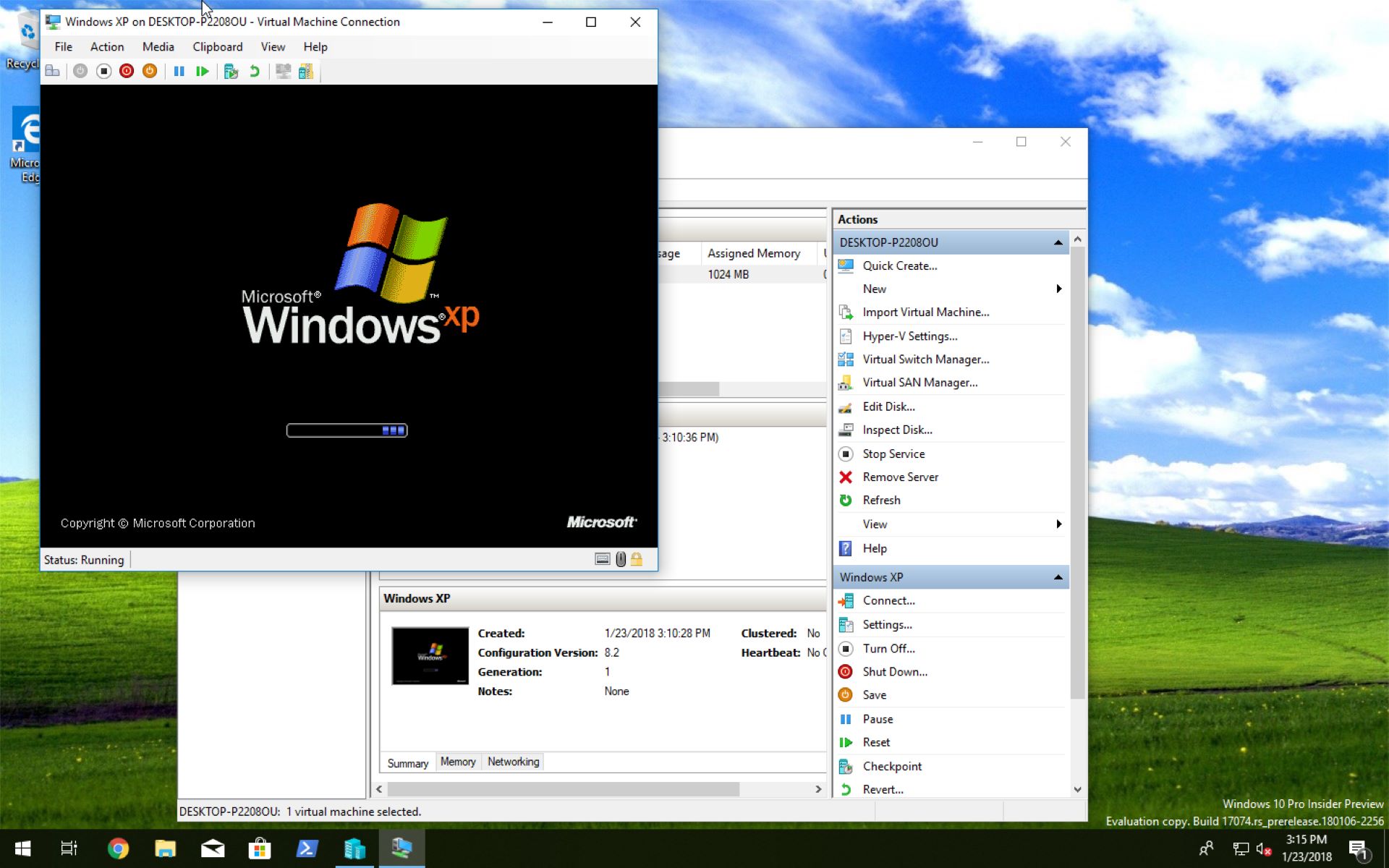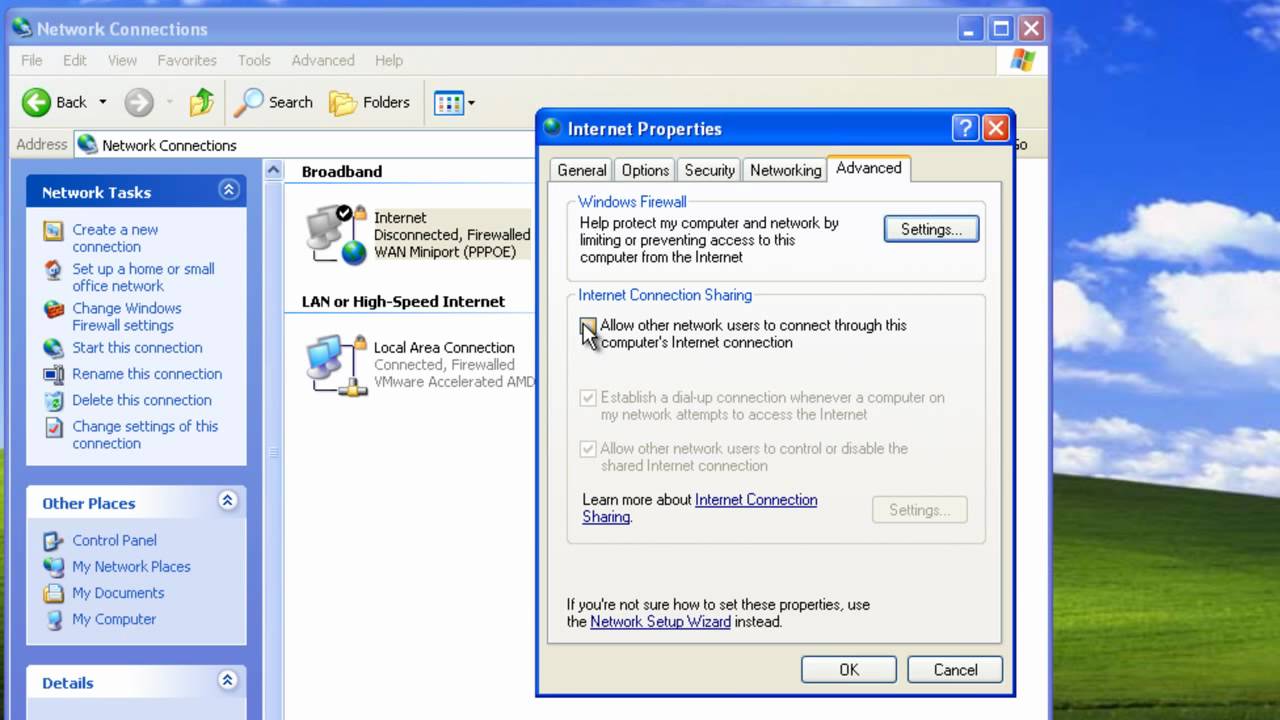Introduction
Adding a game controller to your Windows XP computer can significantly enhance your gaming experience. Whether you're a casual gamer or a dedicated enthusiast, the ability to use a game controller can bring a new level of enjoyment and immersion to your favorite games. In this guide, we'll walk you through the process of adding a game controller to your Windows XP system, from checking compatibility to configuring the controller for optimal performance.
Using a game controller offers a more intuitive and tactile way to interact with games, providing a level of control and precision that may be challenging to achieve with a keyboard and mouse. By connecting a game controller to your Windows XP computer, you can enjoy a wide range of games, from action-packed adventures to racing simulations, with enhanced responsiveness and immersive gameplay.
Whether you prefer the classic feel of a console-style gamepad or the precision of a joystick, adding a game controller to your Windows XP system can open up a world of gaming possibilities. With the right controller and proper configuration, you can enjoy a seamless gaming experience that rivals that of dedicated gaming consoles.
In the following sections, we'll cover the essential steps to successfully integrate a game controller with your Windows XP computer. From checking compatibility to configuring the controller settings, this guide will equip you with the knowledge and tools needed to seamlessly incorporate a game controller into your gaming setup. Let's dive into the process of adding a game controller to your Windows XP system and elevate your gaming experience to new heights.
Checking Compatibility
Before adding a game controller to your Windows XP computer, it's crucial to ensure that the controller is compatible with your system. Compatibility issues can lead to frustrating experiences, so taking the time to verify compatibility will help you avoid potential setbacks and streamline the setup process.
1. Controller Type: Determine the type of game controller you intend to use, whether it's a USB gamepad, joystick, steering wheel, or other specialized controller. Different types of controllers may require specific drivers or configurations, so identifying the controller type is the first step in assessing compatibility.
2. Operating System Compatibility: Windows XP has certain limitations when it comes to recognizing and supporting newer controllers. Ensure that the game controller you plan to use is compatible with Windows XP. While many controllers are designed to work with a wide range of operating systems, it's essential to verify compatibility specifically with Windows XP.
3. Driver Availability: Check if the manufacturer provides Windows XP-compatible drivers for the game controller. Without the necessary drivers, the controller may not function correctly or at all. Visit the manufacturer's official website or contact their support to confirm the availability of Windows XP drivers for the specific controller model.
4. Connection Interface: Identify the connection interface of the game controller, whether it uses USB, wireless connectivity, or another interface. Ensure that your Windows XP computer has the required ports or adapters to connect the controller. Some older game controllers may use legacy connectors that require adapters to work with modern systems.
5. System Requirements: Review the system requirements specified by the game controller manufacturer. Ensure that your Windows XP computer meets or exceeds the minimum requirements to support the controller. Pay attention to factors such as processor speed, available USB ports, and system architecture (32-bit or 64-bit) to ensure compatibility.
By thoroughly checking the compatibility of the game controller with your Windows XP system, you can preemptively address any potential issues and proceed with confidence in the setup process. Once you've confirmed compatibility, you can proceed to connect the game controller to your Windows XP computer and prepare for the subsequent configuration steps.
Connecting the Game Controller
Once you've verified the compatibility of your game controller with Windows XP, the next step is to physically connect the controller to your computer. Properly establishing the connection is crucial to ensure that the controller is recognized and ready for configuration.
1. USB Connection: If you're using a USB game controller, simply insert the USB connector into an available USB port on your Windows XP computer. Windows XP should automatically detect the controller and begin the installation process. If the controller requires additional drivers, you may be prompted to install them at this stage.
2. Wireless Connection: For wireless game controllers, follow the manufacturer's instructions to pair the controller with the corresponding wireless receiver or Bluetooth adapter. Ensure that the wireless receiver is properly connected to a USB port on your Windows XP computer. Once the pairing process is complete, Windows XP should recognize the wireless controller as a new device.
3. Legacy Connectors: If you're using a game controller with legacy connectors, such as a joystick with a game port interface, you may need to use a compatible adapter to connect it to your Windows XP computer. These adapters typically convert legacy connectors to USB or other modern interfaces, allowing older controllers to function with contemporary systems.
4. Device Recognition: After connecting the game controller, navigate to the Control Panel on your Windows XP computer and access the “Game Controllers” or “Printers and Other Hardware” section. Here, you should see the newly connected game controller listed as a recognized device. If the controller is not immediately recognized, you may need to manually add it using the “Add” or “Install” option within the Control Panel.
By ensuring a secure and proper connection between the game controller and your Windows XP computer, you set the stage for the subsequent steps of installing drivers and configuring the controller settings. With the physical connection established, you can proceed to the next phase of integrating the game controller seamlessly into your gaming setup.
Installing Drivers
Once your game controller is connected to your Windows XP computer, the next essential step is to install the necessary drivers to ensure proper functionality and optimal performance. Drivers serve as the communication interface between the controller and the operating system, enabling seamless interaction and responsiveness.
1. Automatic Installation: In many cases, Windows XP will automatically detect the connected game controller and attempt to install the appropriate drivers. If the automatic installation process is successful, you will receive a notification indicating that the device is ready to use. At this point, you can proceed to configure the controller settings within the Control Panel.
2. Manual Driver Installation: If the automatic installation does not occur or if the controller requires specific drivers provided by the manufacturer, you may need to manually install the drivers. Visit the manufacturer's official website and navigate to the support or downloads section to locate the Windows XP-compatible drivers for your specific controller model. Download the drivers and follow the provided instructions for installation.
3. Driver Verification: After installing the drivers, verify that the game controller is recognized and listed as a functional device within the Control Panel. Access the “Game Controllers” or “Printers and Other Hardware” section to confirm that the installed drivers have successfully enabled the controller for use with your Windows XP system.
4. Driver Updates: Periodically check for driver updates to ensure that your game controller remains compatible with Windows XP and benefits from the latest enhancements and optimizations. Manufacturers may release updated drivers to address compatibility issues, improve performance, or introduce new features, so staying informed about driver updates is crucial for an optimal gaming experience.
By installing the necessary drivers for your game controller on your Windows XP computer, you establish a solid foundation for seamless integration and functionality. Properly installed drivers facilitate smooth communication between the controller and the operating system, enabling you to proceed to the final phase of configuring the controller settings to suit your gaming preferences.
Configuring the Game Controller
With the game controller connected and the drivers installed on your Windows XP computer, the final crucial step is to configure the controller settings to optimize its performance and ensure a personalized gaming experience. Configuring the game controller involves customizing button assignments, sensitivity, and other parameters to align with your gaming preferences.
1. Accessing Controller Settings: Navigate to the Control Panel on your Windows XP computer and open the “Game Controllers” or “Printers and Other Hardware” section. Here, you can access the properties of the connected game controller and configure its settings. Select the controller from the list of recognized devices and choose the “Properties” or “Settings” option to begin customization.
2. Button Mapping: Customize the button assignments and functions of the game controller to suit your gaming style. Depending on the controller model and software compatibility, you may be able to remap buttons, triggers, and analog sticks to correspond with specific in-game actions. This level of customization allows you to tailor the controller to different game genres and individual gameplay preferences.
3. Sensitivity and Dead Zones: Adjust the sensitivity and dead zones of the controller's analog sticks and triggers to achieve precise and responsive input. Fine-tuning these settings can enhance control accuracy in games that require nuanced movements, such as racing simulations and flight simulators. Experiment with different sensitivity levels to find the optimal configuration for each game you play.
4. Calibration: Some game controllers may require calibration to ensure accurate input recognition. Utilize the calibration tools within the controller settings to align the controller's response with your physical inputs. Calibration can rectify any discrepancies in input accuracy and enhance the overall responsiveness of the controller during gameplay.
5. Software Integration: If the game controller is accompanied by proprietary software or configuration utilities, explore the additional customization options offered by the manufacturer's software. These utilities may provide advanced features, such as macro programming, vibration settings, and profile management, allowing for comprehensive controller customization beyond the native Windows XP settings.
By meticulously configuring the game controller settings on your Windows XP computer, you can tailor the controller to your specific gaming preferences and optimize its performance across various games. The ability to customize button mappings, sensitivity, and calibration empowers you to harness the full potential of the game controller and elevate your gaming experience to new heights.







